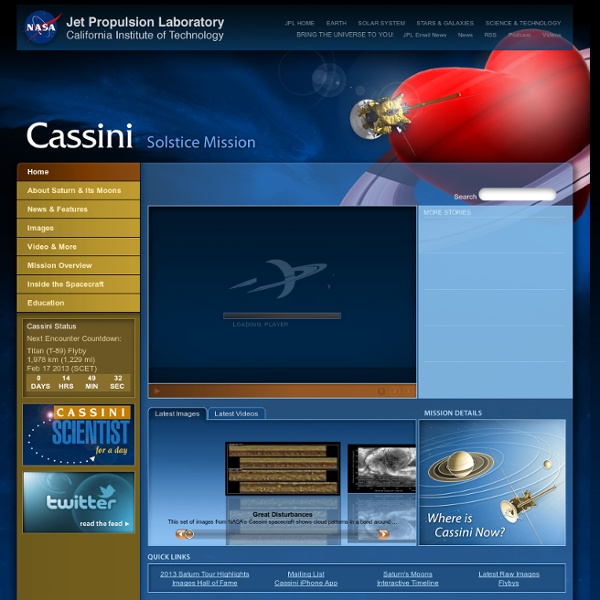



Eadweard Muybridge Un article de Wikipédia, l'encyclopédie libre. Eadweard Muybridge Compléments Ses travaux sur la décomposition du mouvement le classent dans la catégorie des précurseurs du cinéma Eadweard Muybridge, né Edward James Muggeridge le 9 avril 1830 à Kingston-upon-Thames dans la banlieue de Londres et mort dans cette même agglomération principale au sud-ouest de Londres le 8 mai 1904 à l'âge de 74 ans, est un photographe britannique renommé pour ses décompositions photographiques du mouvement. Les débuts[modifier | modifier le code] Né à Kingston-upon-Thames, il émigre aux États-Unis à l'âge de 22 ans en passant, comme la plupart des émigrants, par New York, puis Las Vegas, où il commence à travailler Eadweard Muybridge devient libraire-éditeur. Un grave accident de diligence, en 1860, peut être vu comme l'explication d'un tempérament fantasque et morne, au point que certains le considèreront plus tard comme dérangé. À cette époque, la photographie en relief stéréoscopique est en vogue.
Les États du moi L'AT de A...à Z Les États du moi c’est LE concept de l’analyse transactionnelle. L’un des premiers mis à jour par Éric Berne et en même temps l’un des piliers de la théorie : il sert d’ailleurs de logo aux analystes transactionnels. C’est un concept impressionnant a plusieurs titres : son originalité (il ne se confond pas avec le ça, le moi et le surmoi de la psychanalyse et aucune autre théorie n’a pensé un équivalent), sa puissance (il concerne à la fois l’intérieur et l’extérieur de soi), sa pertinence (il permet notamment une connaissance de soi très fine), son efficacité (c’est un outil de diagnostic majeur)… La richesse de ce concept explique qu’il s’affine encore aujourd’hui, de nombreux analystes transactionnels (dont José Grégoire) font des recherches approfondies pour aller toujours plus loin. Éric Berne s’est aperçu qu’il y a une corrélation entre le comportement d’une personne, ce qu’elle dit, et l’émotion qu’elle transmet à un moment donné. Le modèle structural des États du moi : Exemples :
Swami Shivananda Introduction Sa vie Kuppuswamy est né le 8 septembre 1887 dans le village de Pattamadai en Inde du sud, de parents adeptes de Shiva. Un jour, un sage lui a donné un livre sur Brahma "Jiva Brahma Aikyam" qui a déclenché en lui le feu spirituel. Très vite, l'idée de renoncer au monde lui est venue, et en 1923, il a quitté la Malaisie pour revenir en Inde. Il a fondé différents organismes: en 1936, "Divine Life Society", en 1945 "Sivananda Ayurvedic Pharmacy", en 1948 "Yoga-Vedanta Forest Academy". Après de nombreuses années de Sadhana, Swami Sivananda a quitté son corps physique le 14 juillet 1963. Son oeuvre Swami Sivananda a enseigné que le yoga est universel; voici ce qu'il en dit: "La pratique du yoga est purement spirituelle et universelle. L'enseignement de Swami Sivananda est sans concession: l'ascétisme le plus pur est demandé, le rejet de tous les plaisirs de la vie courante est exigé, le détachement et le service désintéressé sont la base élémentaire. Compléments ésotériques